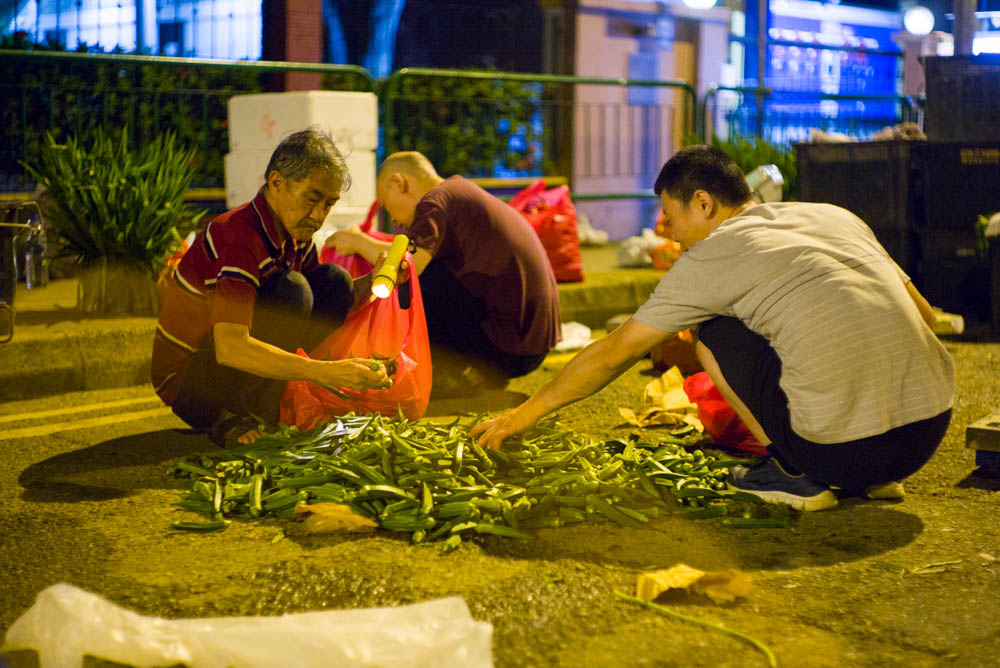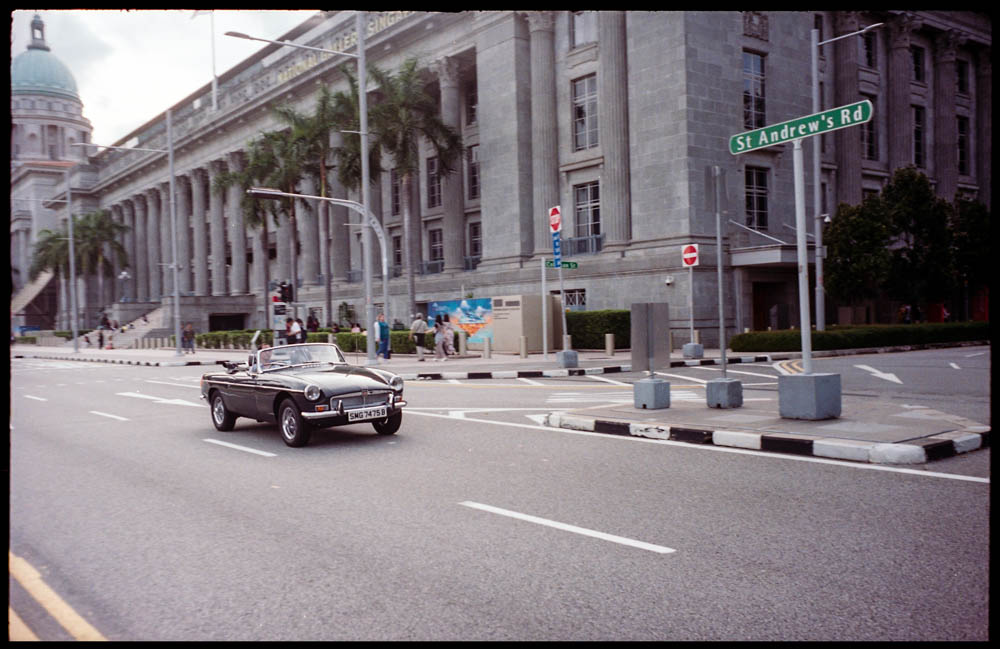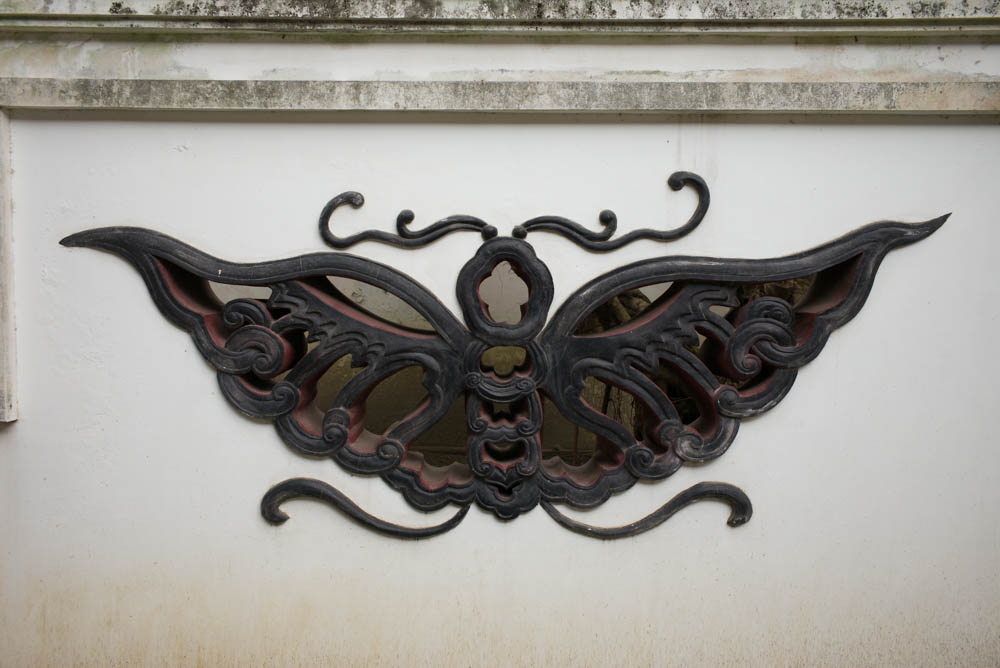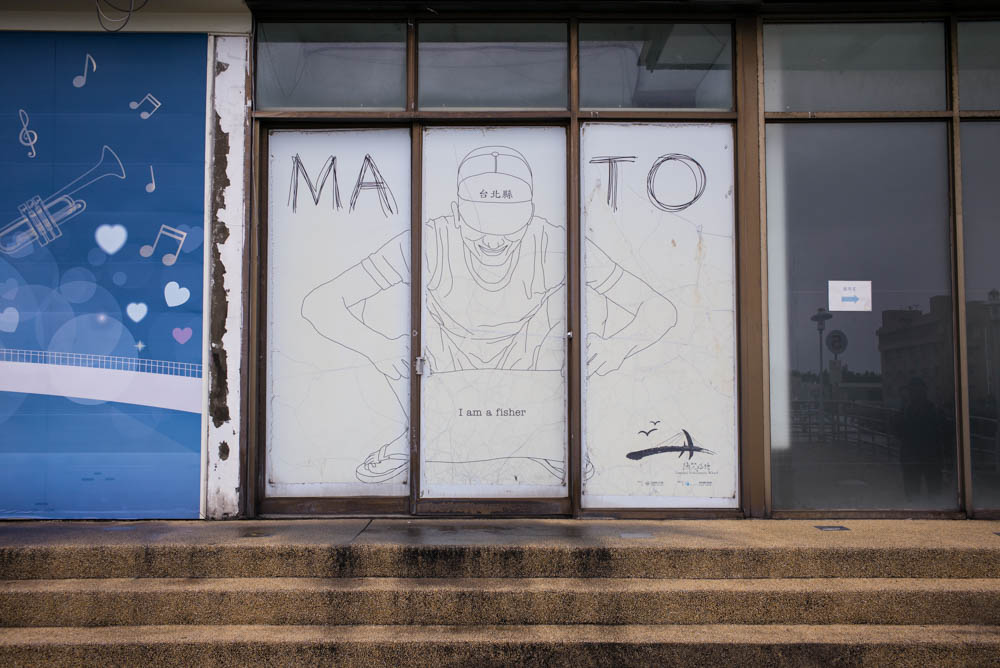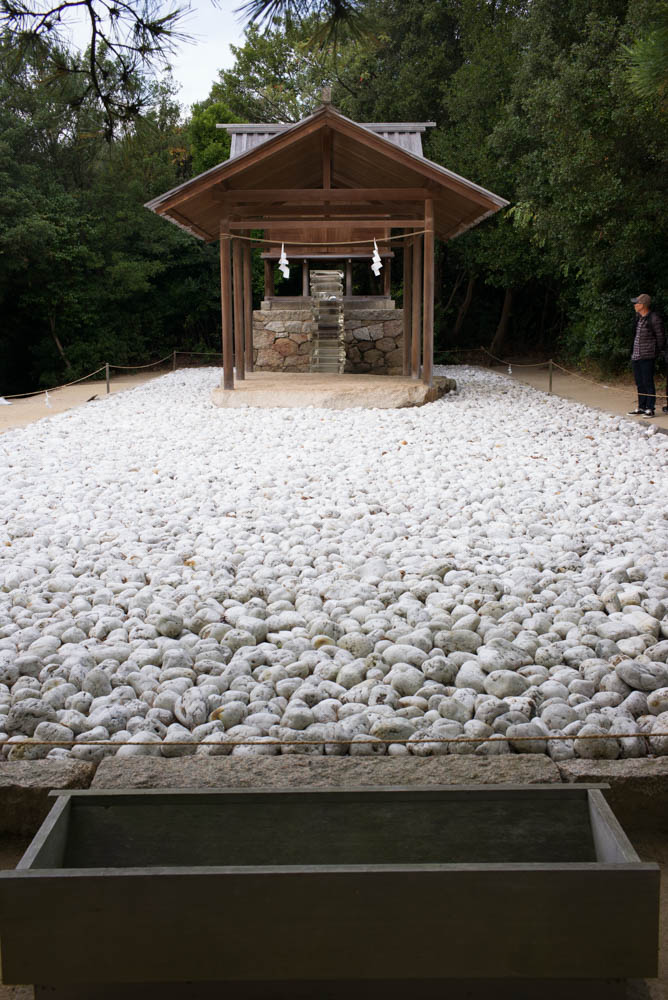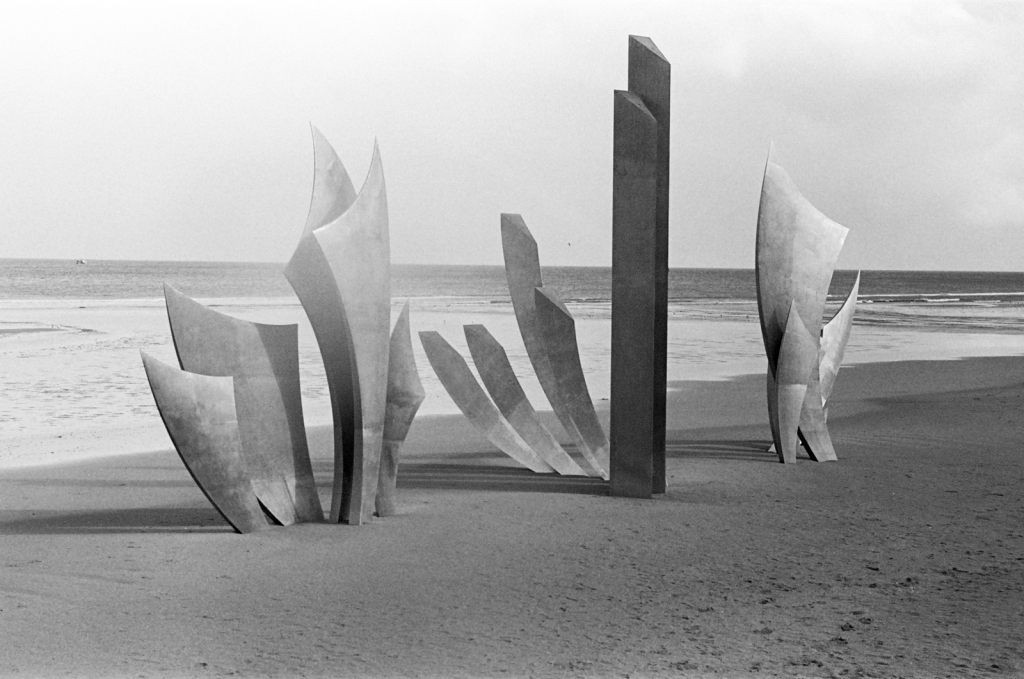
Last holidays, I organized a mini trip with my family to the Normandy landing beaches used by the allies during D-Day. This is a quite common thing for French people, but I never had the opportunity to bring my son there neither my wife who is quite reluctant with anything war related.
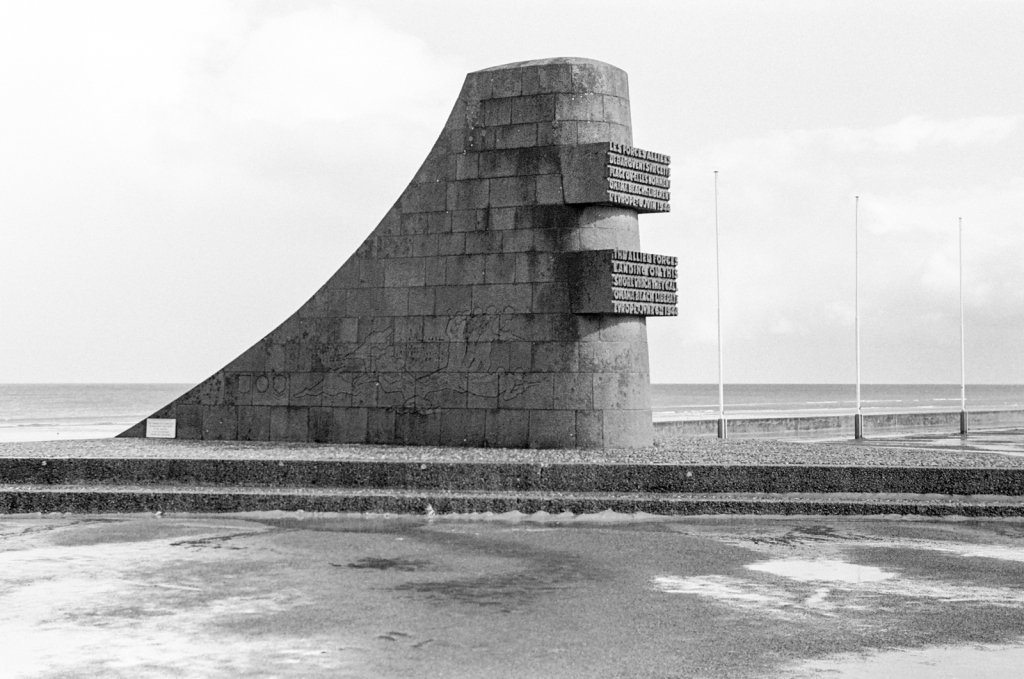
The D-Day beached area is actually quite wide and there are plenty of sites to see. We had a bit of limitations for various reasons and I wanted not to overwhelm everybody. Factor in that the weather is not great in Normandy in February, so I had to cut short on my bucket list.
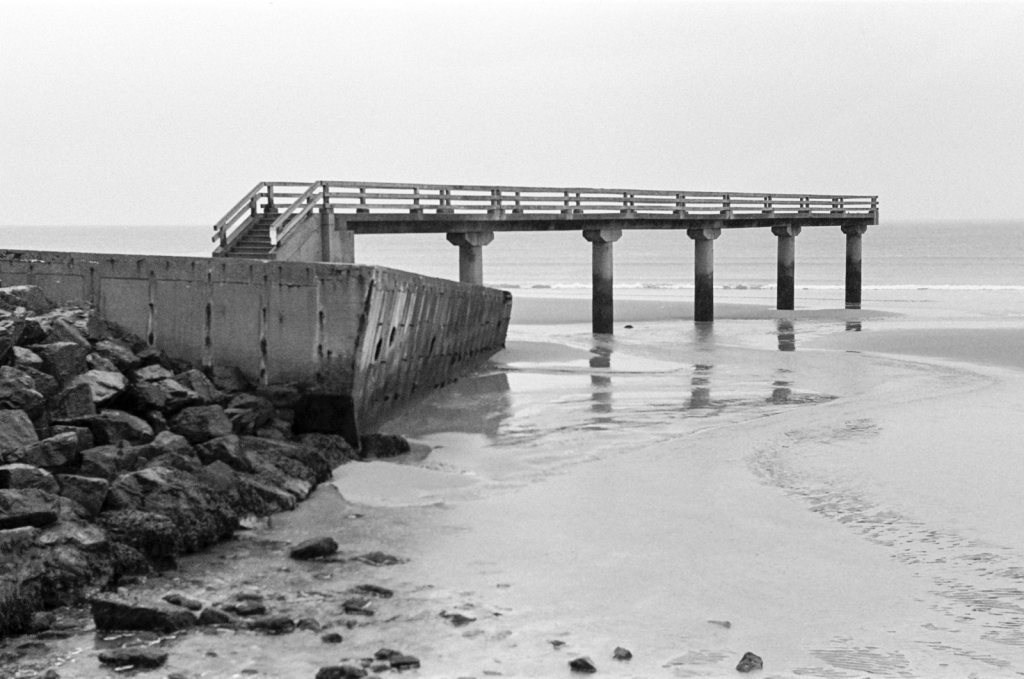
I thought it would be a good tour to include Omaha beach, one of the most well know areas. The beach is kilometres wide, and I was mostly looking to picture the new sculpture “The Braves” that was added to the old memorial some 10 years ago.
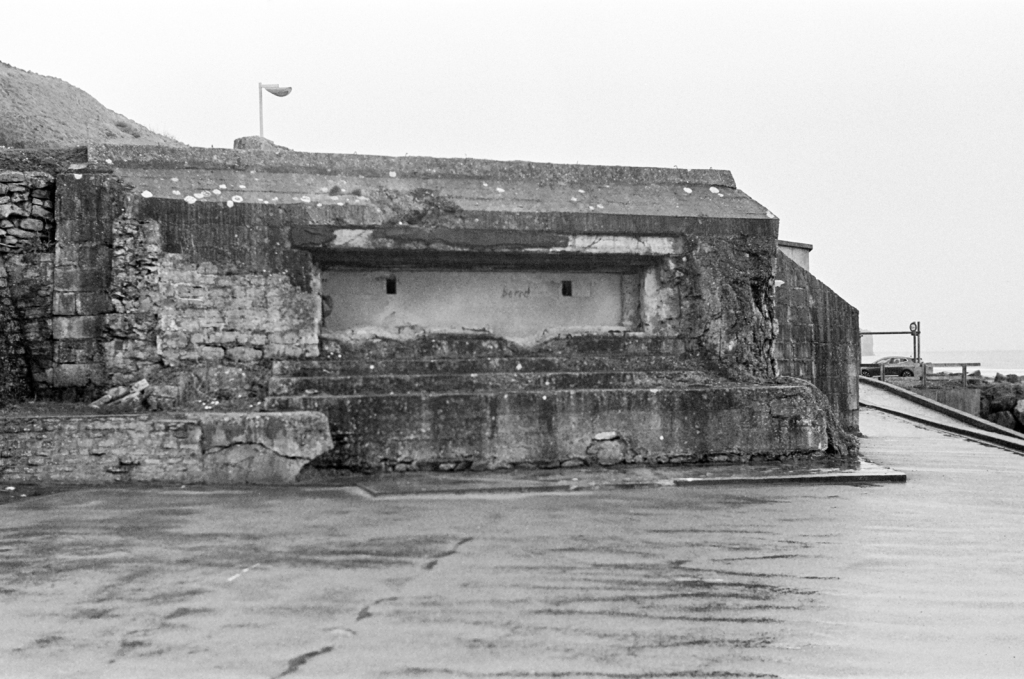
Of course we landed ( that’s an easy one ) on the wrong side of the beach, but I found the bunker above ( bucket list ticked).
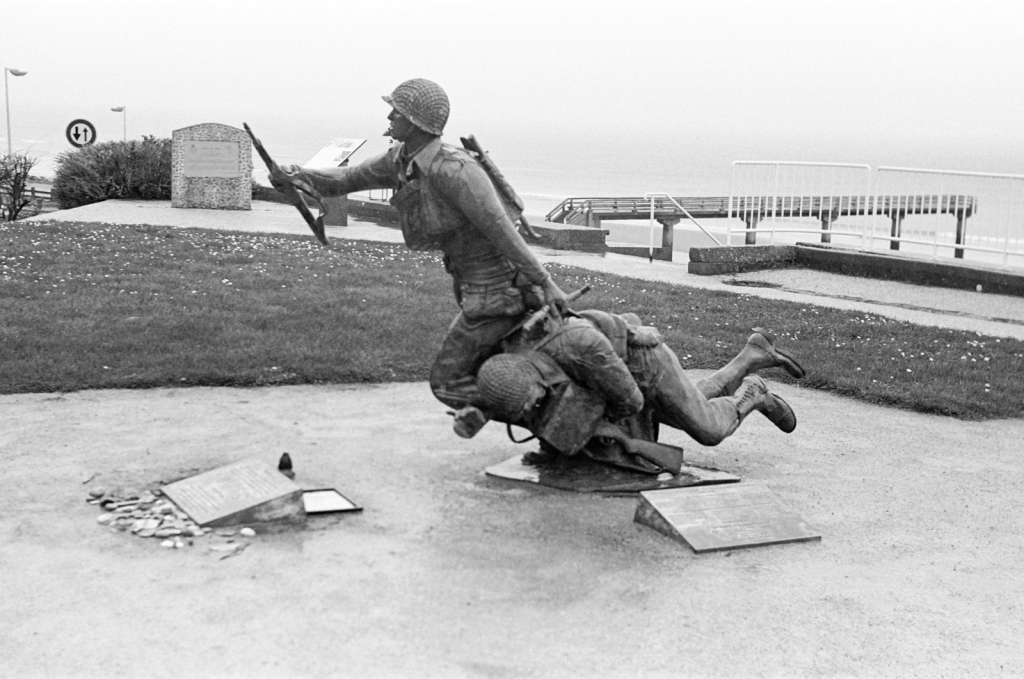
My next stop was the American Cemetery of Normandy in Coleville sur mer. An understandably sad place.
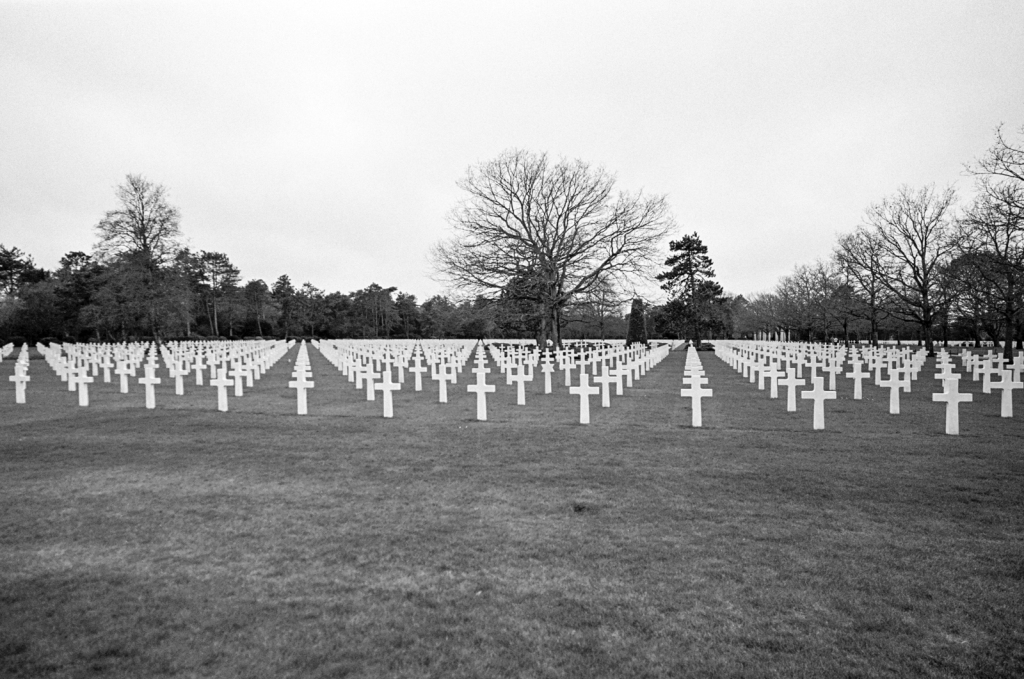
There is a museum at the entrance which is very interesting, I have not visited the one in Arromanche which is supposed to be very good as well so I cannot compare.
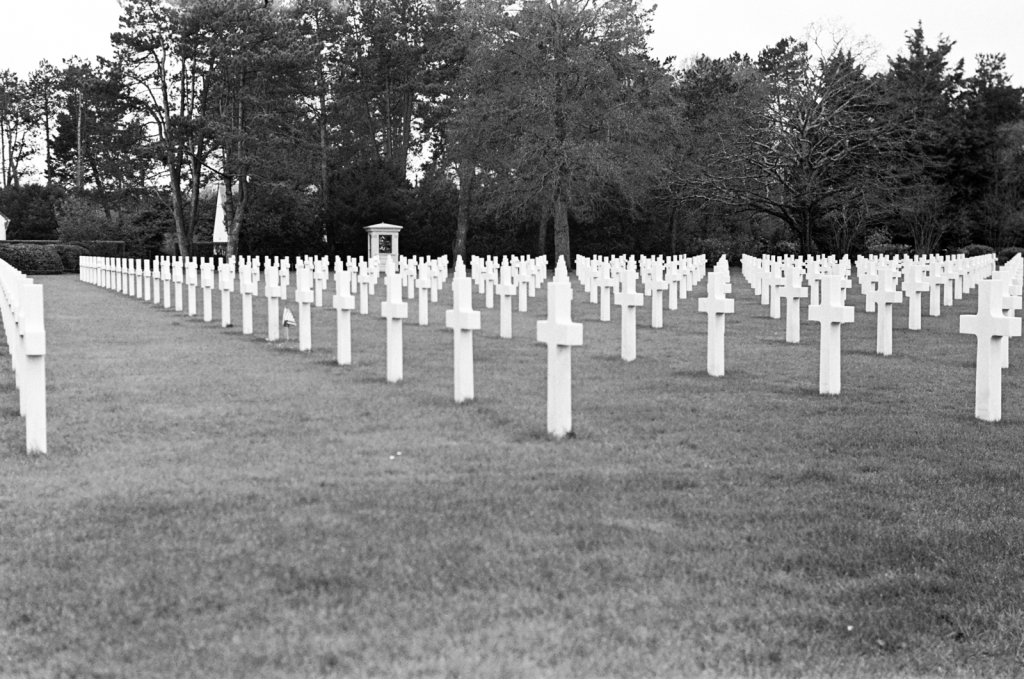
Second tick box of my list. There are sadly many military cemeteries in Normandy, I remember being very impressed by the German one in La Cambe when I visited it as a teenager.

Third thing I really wanted to visit was the artificial Harbour of Arromanche. It is hard to fathom that nearly 80 years later the concrete cubes used to create a practicable arbour for the allies are still here ( not all of them of course). This is an testimony of the incredible D-Day adventure if needed.
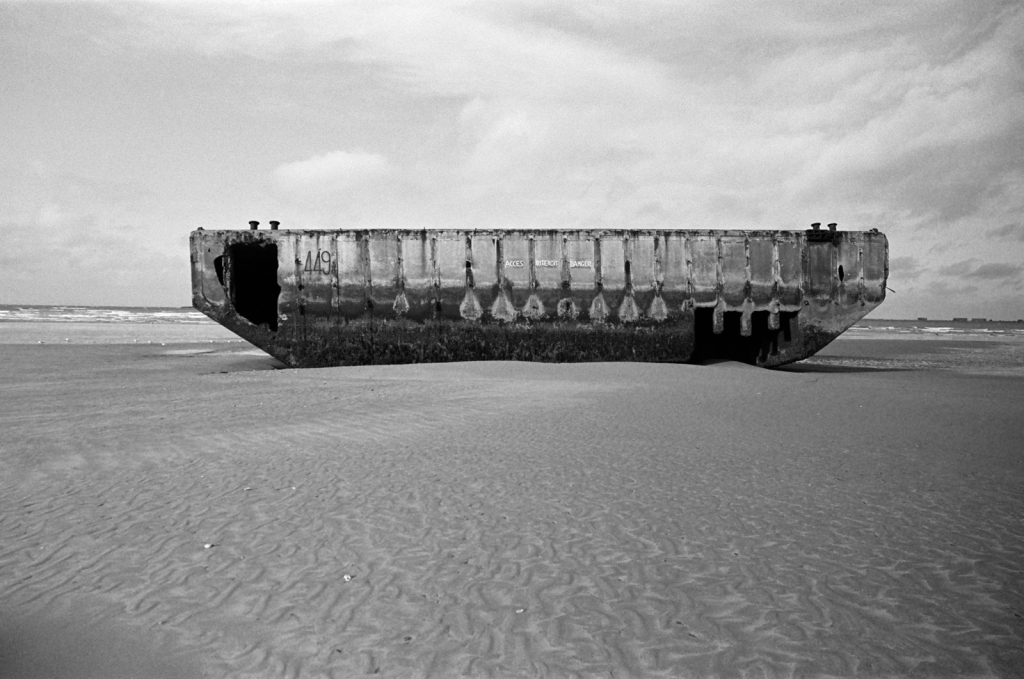
One element of the Harbour that can be approached at low tide, so I planned my visit timely.

As I mentioned above, Arromanche sports a museum that reopened last year but was originally built in 1954.
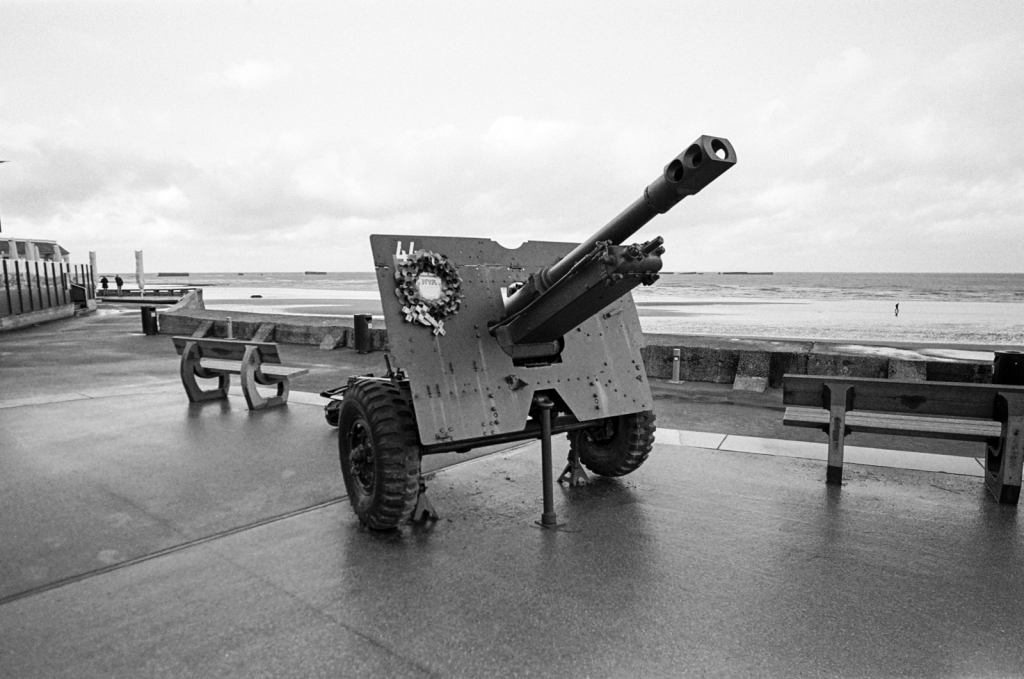
At that point we had to head back to our base in Deauville. That was quite a full day, a couple of things I wanted to see that I did not manage : some big batteries and bunkers before reaching Arromanche, the German cemetery mentioned before, Utah beach where you can find well preserved bunkers and some planes.
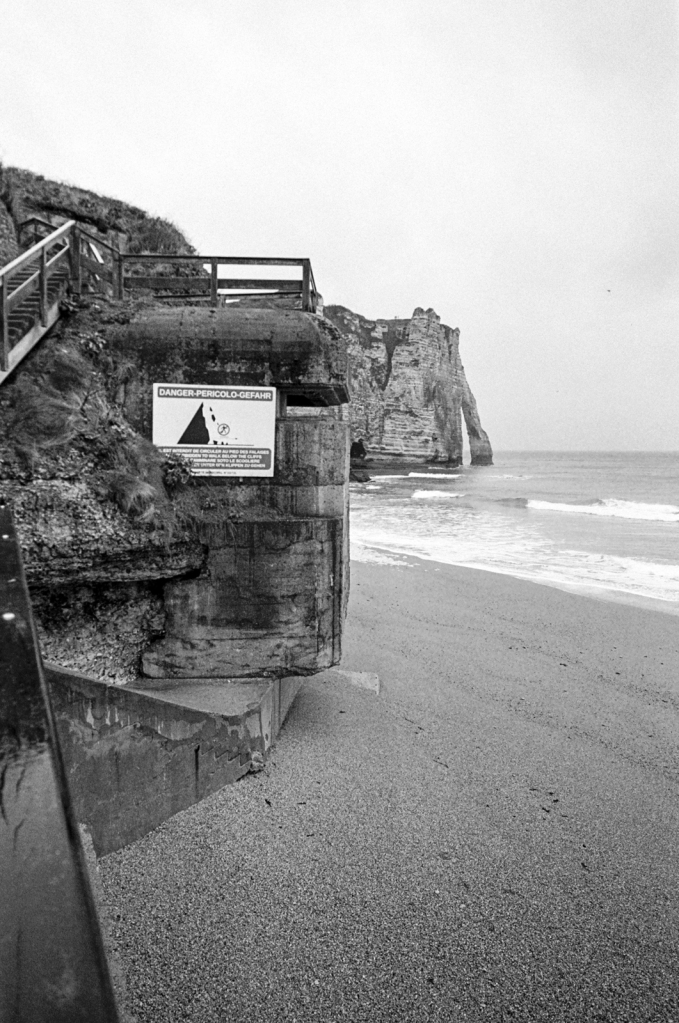
Just to be safe I also shot the above bunker in Etretat the day before, you can see the hollow needle.
I found mildly interesting and border bad taste to visit the sites with my WWII area Leica. The body dates from the late 40’s but the Summitar 50mmF2.0 is definitely contemporary to the war. So I carried the Leica IIIC, the Summitar and the Voigtlander Color Skopar 21mmF4.0, with the Sekonic light meter. I intended to shot this subject with the Agent Shadow film, which gives a kind of more vintage look, but actually I finished the roll before reaching Normandy and I switched to the TMAX 400, crisp as usual.
If you haven’t watched it, I recommend watching The Longest Day the 1962 epic about D-Day.
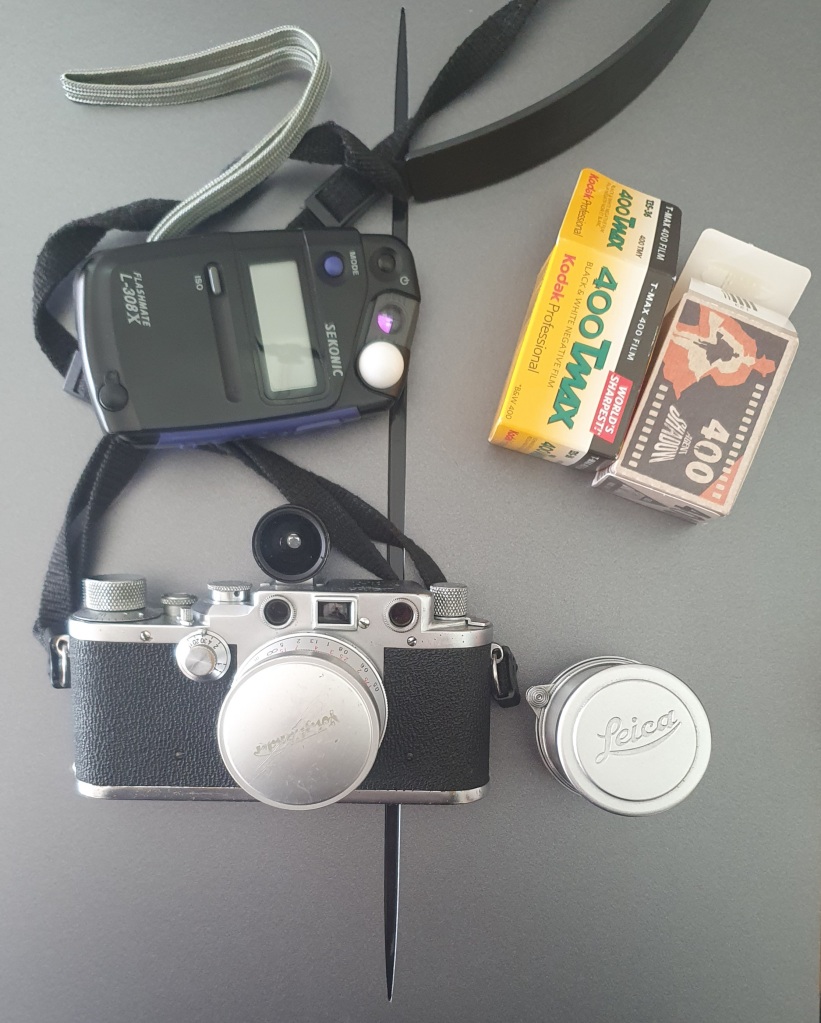





















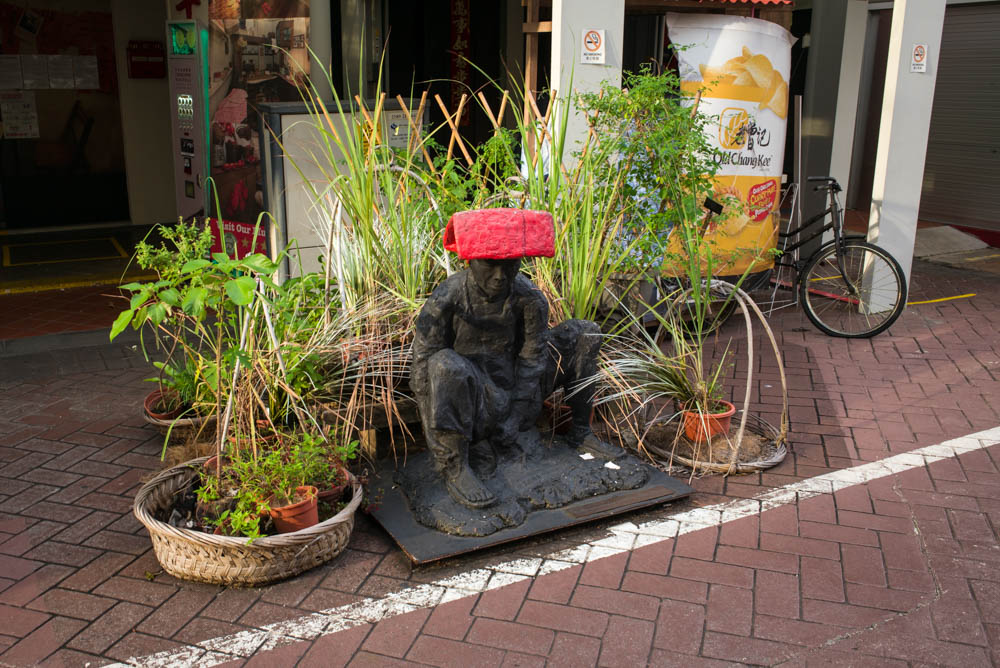













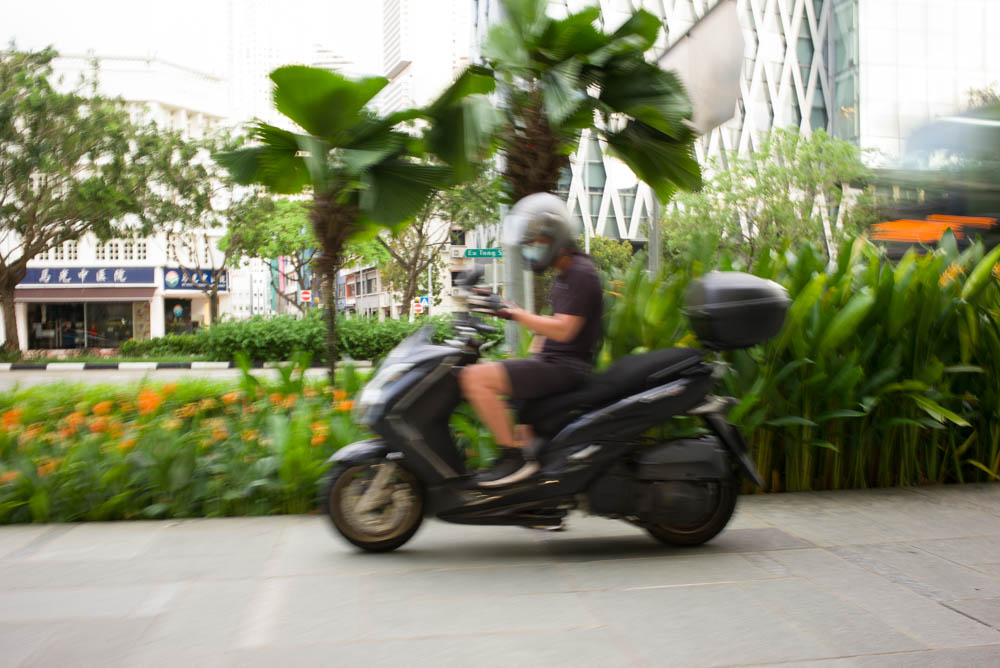





 I am by no means a specialist of Hindu religion, so please forgive any mistakes, I am happy to be corrected. This is a a small guide for fellow shutterbugs on what to expect on next Thaipusan day.
I am by no means a specialist of Hindu religion, so please forgive any mistakes, I am happy to be corrected. This is a a small guide for fellow shutterbugs on what to expect on next Thaipusan day.




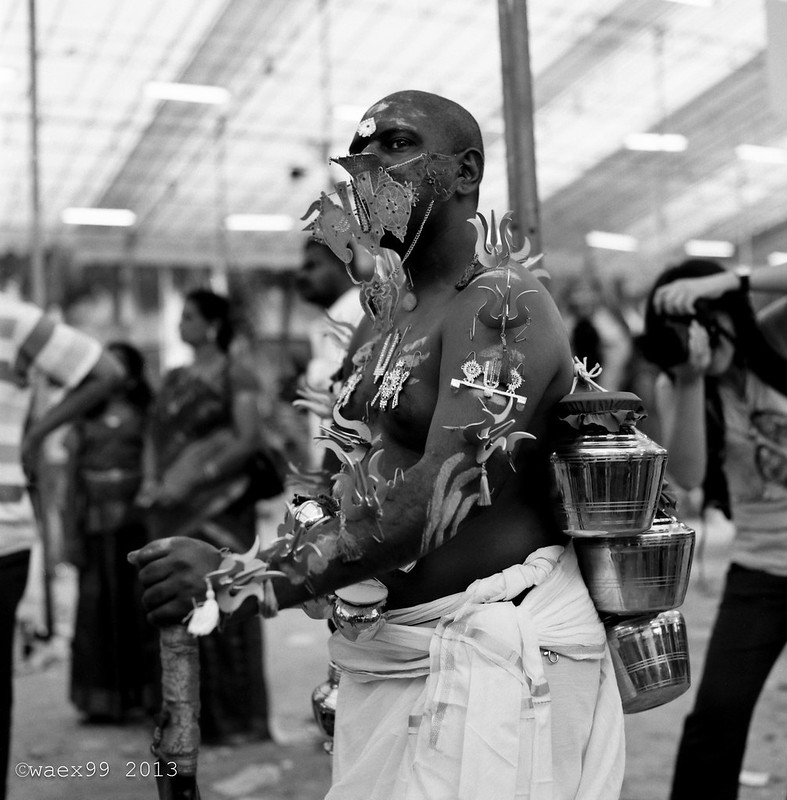

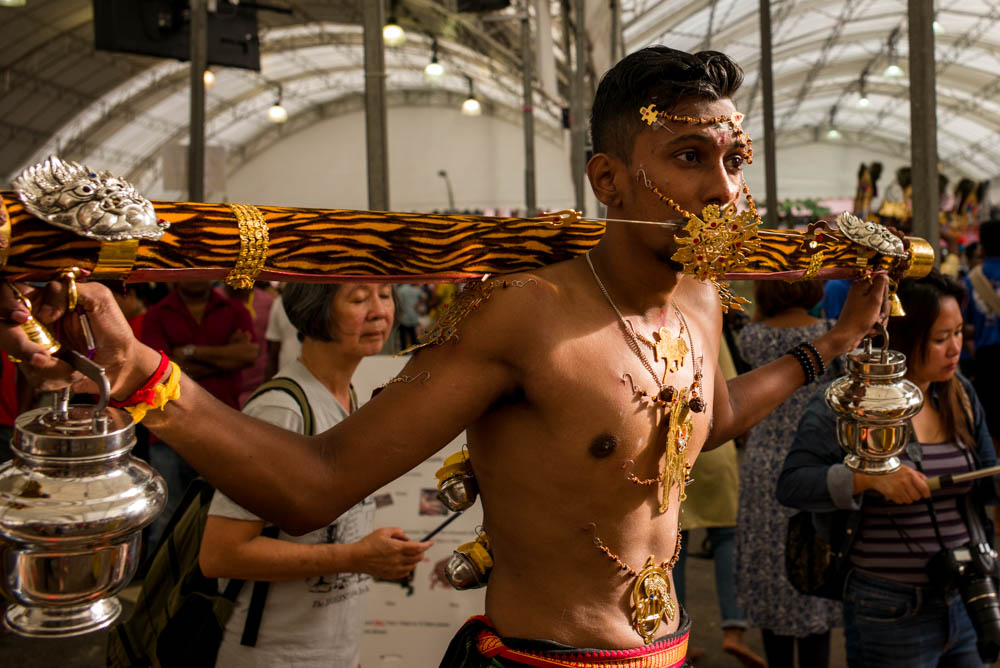
 I was a bit surprised when I was invited by my friend KC Eng to a night outing starting in the a “road side wholesale market” in the center of Singapore.
I was a bit surprised when I was invited by my friend KC Eng to a night outing starting in the a “road side wholesale market” in the center of Singapore.



 Individuals can buy, but don’t expect to be able to get chilies by the piece.
Individuals can buy, but don’t expect to be able to get chilies by the piece.